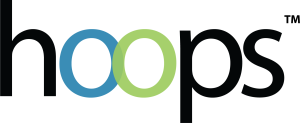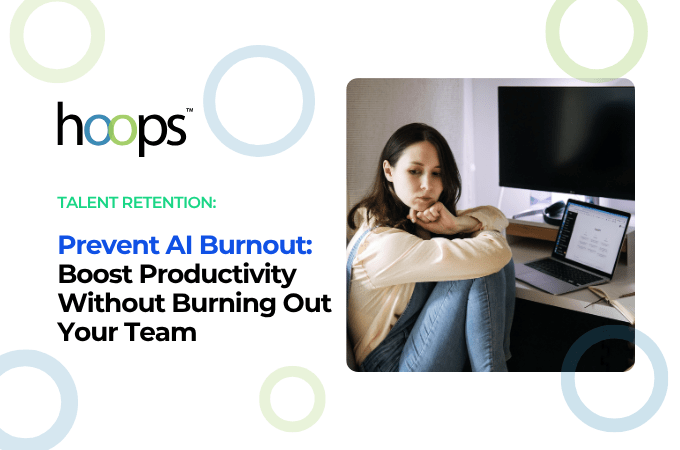The Great Disconnect
You can boost output with AI — but can you prevent AI burnout?
There’s no doubt AI is boosting productivity. It’s shaving hours off workflows. And if you’re a scaling company trying to do more with less, that’s a dream.
Until it isn’t.
Because here’s what no one tells you when they drop a shiny new AI tool into your team’s hands: The most productive employees are often the ones most likely to burn out.
In fact, Upwork’s 2024 report found that employees using AI were more likely to feel disconnected from their teams. Most concerning? 88% percent of the most productive, AI-enabled workers show higher rates of burnout and disengagement — and they’re twice as likely to quit compared to their non-AI-using peers.
That’s why, if you want to protect your people (and your business), you need a strategy to prevent AI burnout — not just ramp up adoption.
That’s exactly what this blog is here to help you do.
Why AI Burnout Is a Leadership Issue — Not Just a Tech One
Let’s be blunt: Most executives are rolling out AI with high hopes and little guardrails.
In McKinsey’s report on AI empowerment, they found that leaders often focus on outputs first — but neglect the human enablement and emotional friction that follows.
The reality?
- 57% of employees say they’re working longer hours than ever before (Mercer, 2024).
- 39% say they feel more replaceable and less valued than they did pre-AI.
- Over half of executives admit they are not confident in their organization’s ability to make human-machine teaming successful.
Preventing AI burnout isn’t just about managing workload. It’s about purpose, connection, and autonomy. And AI, when implemented poorly, chips away at all three.
Signs Your Team Might Be Burning Out Behind the Dashboard
Before you go blaming “Zoom fatigue” or that one overly complex workflow, check for these common early signs that you’re overdue to prevent AI burnout:
- Your “high performers” seem more withdrawn or cynical
- Collaboration is dropping — and Slack is turning eerily silent
- Tasks are getting done, but innovation and idea-sharing are down
- Turnover risk is quietly climbing, especially in hybrid or remote roles
Mercer’s research found that teams struggling with burnout had higher levels of isolation and “non-value-adding” work — despite tech integrations meant to reduce that very thing.
How to Prevent AI Burnout (Without Ditching AI)
Here’s where you step into the hero role. You can prevent AI burnout and make your team more productive — but it requires strategic (and human-centered) design.
1. Redesign the Work — Not Just the Tools
AI should be mapped to tasks, not thrown at entire roles.
Use a simple audit:
- What tasks are repetitive and cognitive? Great fit for AI.
- What tasks rely on trust, judgment, or collaboration? Keep those human.
Bonus Tip: Use role redesign frameworks (like McKinsey’s “deconstruct and delegate” method) to avoid over-automating jobs that thrive on creativity and connection. It’s a core step to prevent AI burnout from the inside out.
2. Prioritize Skills Over Outputs
Upwork notes a massive gap: high-AI users often lack time for training and reflection. That’s a burnout trap.
To prevent AI burnout, create time in the flow of work to:
- Upskill with the AI tools
- Learn adjacent skills that build confidence
- Discuss what’s working and what’s not
“Learn-Test-Train-Practice-Assess” isn’t just for manufacturers. LONGi’s internal talent program drove a 15-point jump in internal promotions by focusing on skill development and mobility (Mercer, 2024).
3. Rehumanize the Team Experience
AI adoption can leave team members isolated and undervalued — especially when performance tracking becomes automated.
To prevent AI burnout, you need to intentionally reintroduce human connection:
- Weekly team check-ins (not just async updates)
- Project retros that include emotion, not just execution
- Peer recognition for collaboration, not just individual output
McLean & Company’s 2025 report recommends tying these into your engagement strategy, not leaving them as “soft” extras.
4. Measure Energy, Not Just Efficiency
AI tools are great at shaving time. But are they improving the work experience?
To prevent AI burnout, start tracking:
- Psychological safety
- Role clarity
- Workload balance
- Time spent on “thinking” work vs “busy” work
Mercer found that 42% of productivity loss was linked to things like task interruption, ineffective structures, and stress — not tech gaps.
5. Shift From Churn & Burn to Redeploy & Reskill
Burnout leads to turnover. Turnover leads to costs. And costs kill growth.
Companies that successfully prevent AI burnout build internal systems that evolve talent — not replace it.
- Build internal mobility programs
- Encourage micro-internal gigs for skill growth
- Recognize (and reward!) experimentation with AI tools
56% of companies that rolled out AI successfully reported increased career path clarity and employee satisfaction when redeployment was built into their strategy (Mercer, 2024).
What Great Companies Do Differently
High-growth companies don’t just add AI — they rethink work around it.
Here’s how they prevent AI burnout and scale sustainably:
🔹 They map roles to purpose, not just performance
🔹 They measure success by both output and energy
🔹 They invest in skills first, software second
🔹 They build flexible, people-first org models
In Mercer’s 2024 survey, these companies were 1.4x more likely to retain talent, hit growth targets, and actually see ROI from their AI investments.
Conclusion: The True Competitive Advantage Isn’t AI — It’s the Team Behind It
You didn’t invest in AI to disconnect your team — you did it to unlock their full potential. But potential doesn’t scale if your people are burned out or checking out.
To stay competitive, you need to prevent AI burnout — not as a one-off wellness fix, but as a core part of your business growth strategy.
🗣️ Join the Conversation
How is AI reshaping connection, performance, and purpose on your team?
👉 Take our 2-minute AI at Work: Readiness & Relationship Survey
💡 Ready to prevent burnout and build a winning team that thrives with AI?
At Hoops, we help growing businesses build winning teams by aligning people, process, and tech. From role design to retention strategy, we’ll help you scale without burning anyone out.
Build Your Winning Team. Hire and Scale Talent.







